Quadcopter Using Intel Galileo and Android App
by rbanga in Circuits > Gadgets
21087 Views, 92 Favorites, 0 Comments
Quadcopter Using Intel Galileo and Android App
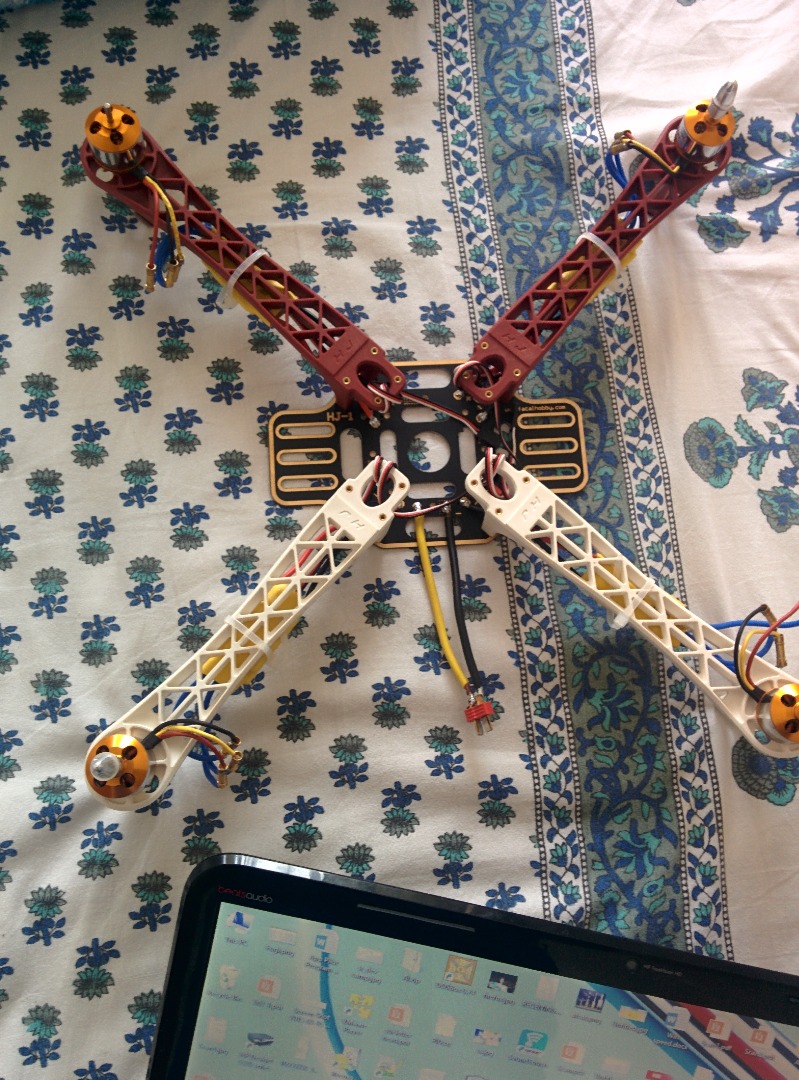
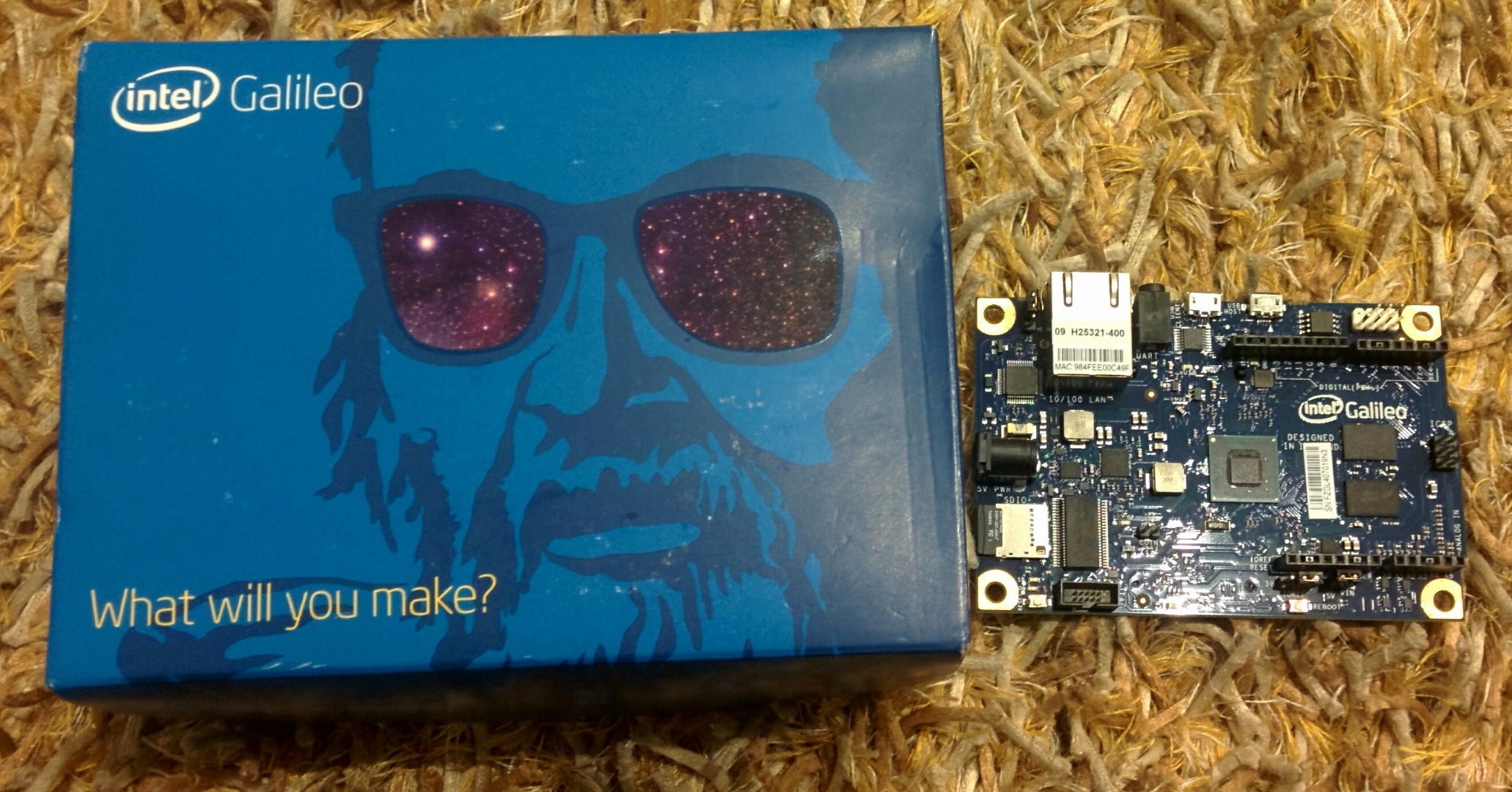
For a drone to fly autonomously, all the necessary sensors, processing power, and communication chips must be built-in. While that may not seem like much, it actually eliminates a lot of currently existing commercial civilian drones available to the general public. Using a mobile application makes it easy to develop the software and to share code between a PC and the smartphone. Even native libraries like the OpenCV can be used on both Android smartphones and PCs. So there is no need to reinvent the wheel—the smartphone has all the necessary components: camera, GPS, accelerometer, and 3G.
NOTE: This Instructable has been entered for the Coded Creations, Automation,and Move it Contests,if you love this project and appreciate my efforts, I would be highly grateful if you could vote for this project there and help me win.
Materials Used
1) Quadcopter Frame
2) Microcontroller (Intel Galileo)
3) Electronic Speed Control (4 pieces)
4) Brushless Motor (1600KV) (4 pieces)
5) Propellers (2 sets)
6) Power Distribution Board
7) Lithium-Polymer Battery
8) Receiver
9) Bluetooth Module
10) Android application
Assemble and Connect
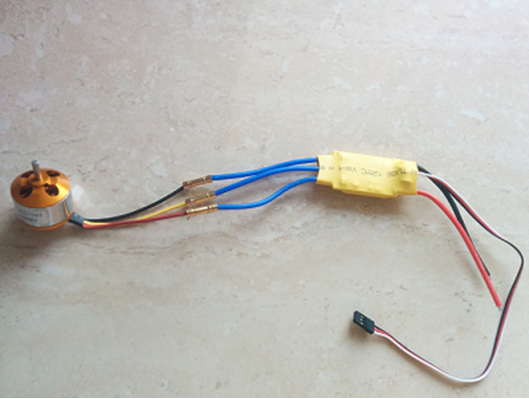
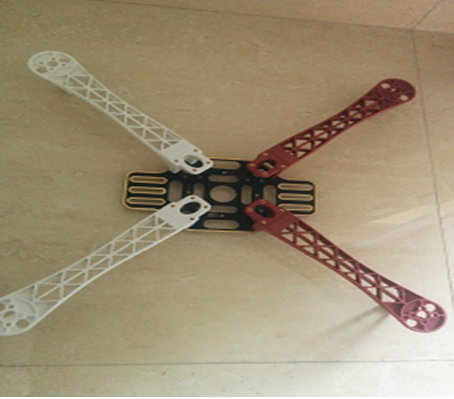
1) The motors and ESC's can be connected to each other via direct soldering or using Bullet Connectors of 4mm dimension.
2) The ESC's are then connected to the power distribution board, or in this case directly to the frame which has an inbuilt power distribution board, by soldering.
3) Once this is done, solder the battery wire to the frame.
4) Once all the soldering work is done, connect the Galileo with the ESC servo wires, Bluetooth module and Receiver.
NOTE: Before connecting the Bluetooth module, make sure you've changed it's Baud rate from the default 9600 to 115200. For this follow the below mentioned instructable:
https://www.instructables.com/id/Configuring-HC-05-and-HC-06-Bluetooth-modules/
Load the Code
With a few lines of code and using an Android USB standard package, we can control the servos and thus control the movements of the quadcopter. With a few more lines of code, we can access the GPS, take pictures, and send them via 3G. At the software level, working with Android allows you to rapidly evolve your design.
Call controlTransfer from UsbDeviceConnection:
import android.hardware.usb.UsbDeviceConnection;
// …
private UsbDeviceConnection connection;
// …
connection.controlTransfer(0x40, command, value, channel, null, 0, 5000);
The card allows you to move a servo determining the target position, velocity, and acceleration, which is all that is needed for smooth movement. The argument "command" can be one of these three values:
public static final int USB_SET_POSITION = 0x85;
public static final int USB_SET_SPEED = 0x87;
public static final int USB_SET_ACCELERATION = 0x89;
You have to choose the corresponding value and target the right servo with "channel." The complete source code and configuration of USB access in the app manifest are included in the ZIP file
Plug in the Battery and Test Your Quadcopter
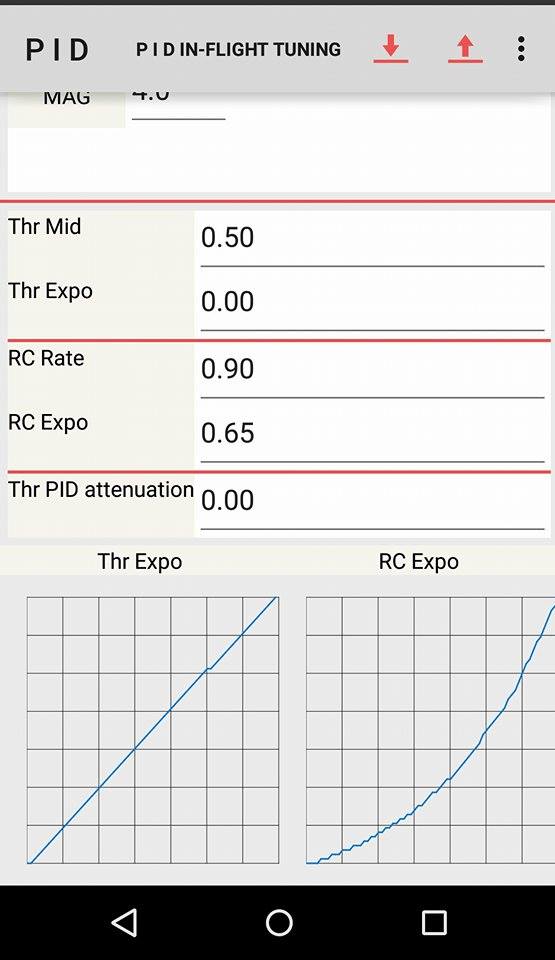
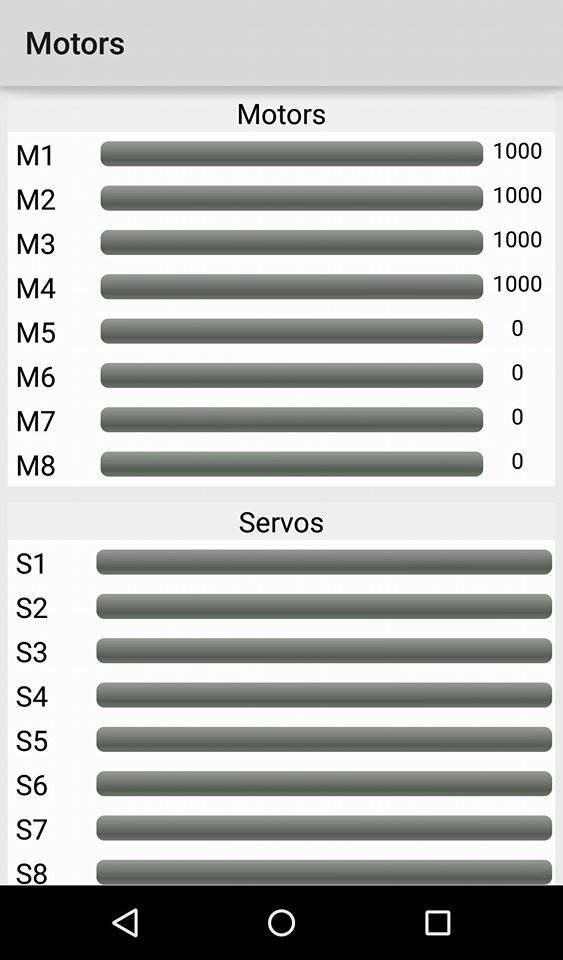
If your code is all correct and your connections are all good you should see beautiful green and red lights come streaming forth from your partially complete creation. Now try to calibrate the ESC's.
If stuff starts smoking, then I'm going to say you did something wrong. Find out what you did wrong and fix it...real helpful, I know.
Using the Android application, you can check if all the connections are right and if the Bluetooth module is working perfectly with the Quadcopter. As shown in the pictures attached, I was able to collect PID settings, as well as the status of all 4 motors.
Calibrate ESC
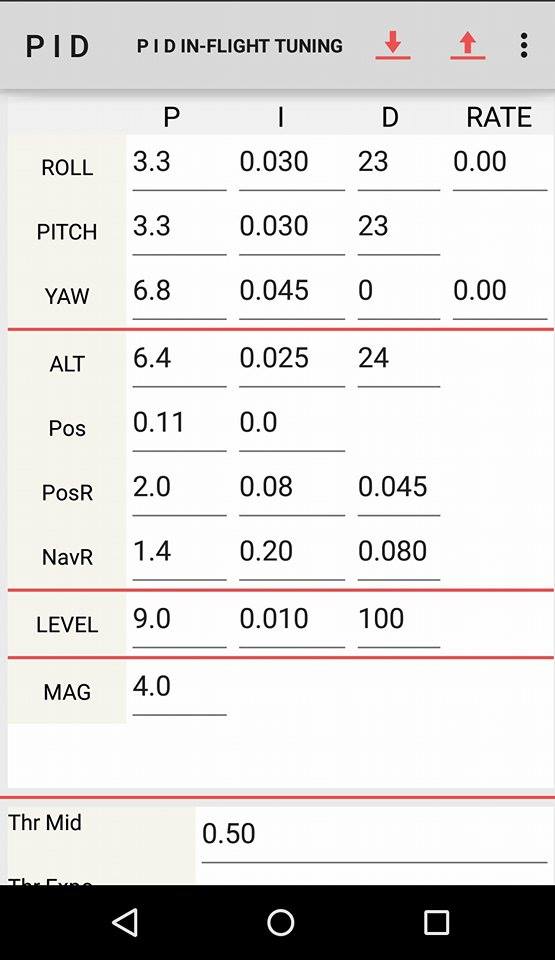
Using the Android app, we can now communicate with our board using the Bluetooth Adapter and Receiver to not only adjust the ESC's settings, but also check out the sensitivity of the board. As seen in the figure values can be altered easily.
First Flight and Future Improvements
Once the ESC's have been calibrated, and battery is properly charged, we test our quad for it's flight capabilities. I hope to modify this in the future by introducing First Person View. While I’ve established that the quad needs good embedded processing capacity to be intelligent and autonomous, what is still missing is the code that takes advantage of this potential. So, in the near future, I'd be giving “eyes” to the Quadcopter!